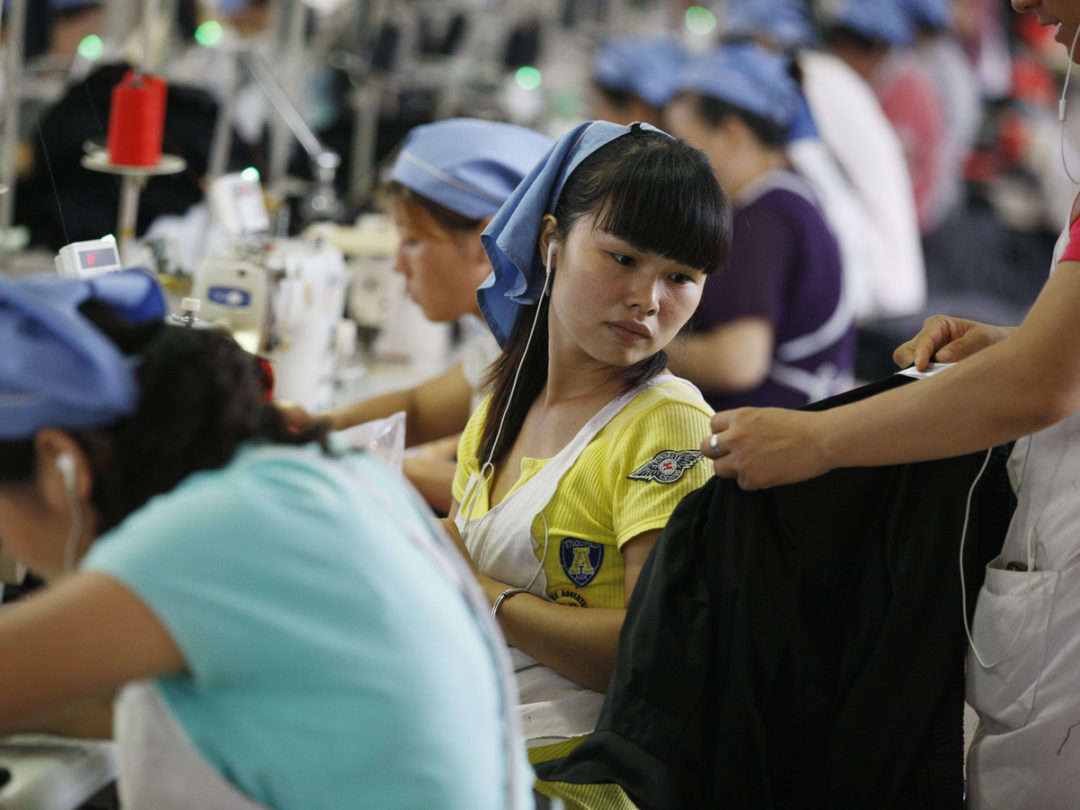
Visit Our Sponsors |
|
|
|
|
|
|
|
|
|
|
|
|
|
|
|
|
|
|
|
|
|
|
|
|
|
|
|
|
|
|
|
|
|
|
|
|
|
|
|
|
|
|
|
|
|
|
|
|
|
|
|
|
|
|
|
|
|
|
|
|
|
|
|
|
|
|

Tariffs on imports from China have increased the cost of doing business for 37% of U.S. small businesses, according to a survey by BizBuySell. What’s more, 46% of those admit they are losing customers. In response, U.S. businesses are in search of ways to cut such costs by reevaluating their supply chains.
Many U.S. businesses are reducing their exposure to China. However, they’re not moving all of their operations out of the country, because there’s no currently other location that can replace it as a source of large-scale manufacturing. Instead, both American and Chinese companies are looking beyond China to find alternative locations for parts of their supply chain, to diversify the supplier base while minimizing any potential disruptions to their business.
According to a number of industry analysts, the transfer of production from China will benefit Southeast Asia the most. While labor costs have been a primary driver of shifting manufacturing to that region, it’s not the only factor. Production in a majority of industries is incorporating new technology and smart automation.
The director of the Macroeconomic Research Division at the Asian Development Bank notes that Southeast Asian countries “already produce goods similar to what China produces. They have stable macroeconomic environments, and labor is less costly than in China.”
Japanese financial group Nomura believes that Vietnam will be the biggest winner of a shift in production, followed by Malaysia, Singapore, India, and Thailand.
The shift of production from China to Southeast Asia and other countries will be accompanied by investment diversion, with an increase in infrastructure projects to support increased demand. The likely scenario will see China instead supplying components to countries exporting to the U.S.
U.S. businesses that are contemplating shifting their supply chains will need to consider three main factors: the cost to reroute products, alternative sourcing locations, and collaboration with trade-compliance experts.
Working closely with supply-chain partners benefits U.S. businesses, particularly in times of uncertainty. Logistics and transportation providers are knowledgeable not only about trade compliance, but also can recommend alternative ports, airports and partnerships with local logistics and transportation providers.
The Gartner consultancy advises companies involved in trade between China and the U.S. to treat the trade battle not just as an increased risk, but as a potential source of competitive advantage. Those who respond proactively create an opportunity to take market share, or capture a larger portion of industry profits.
Outlook
Trade tensions between the U.S. and China will continue into 2020. Additional trade risks will exist, so it’s important for all businesses to monitor the environment on a regular basis. In addition, it’s vital to ensure that one’s supply chain is as agile as possible, to be able to shift as quickly and seamlessly as necessary.
John Haber is founder and CEO of Spend Management Experts.
RELATED CONTENT
RELATED VIDEOS
Timely, incisive articles delivered directly to your inbox.






